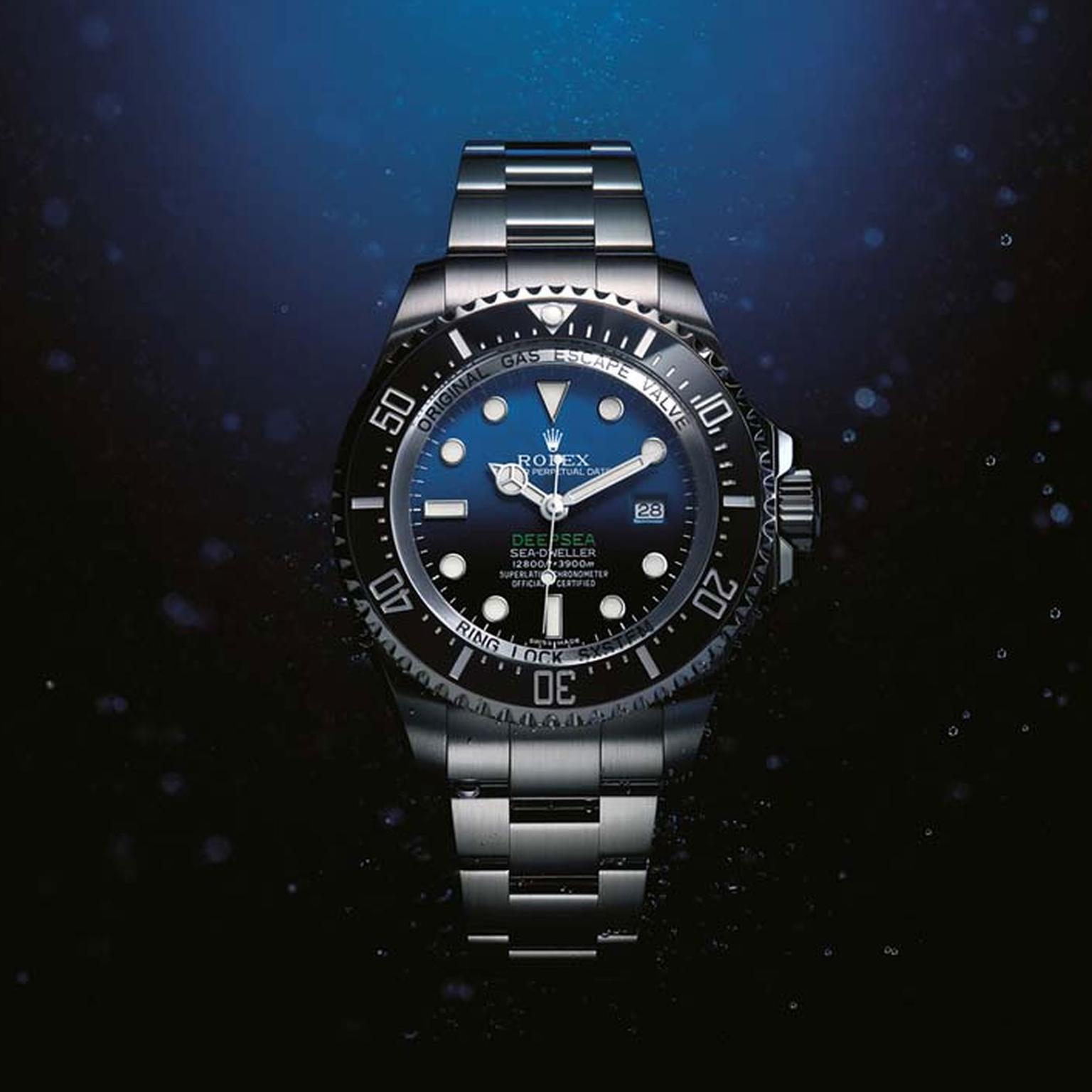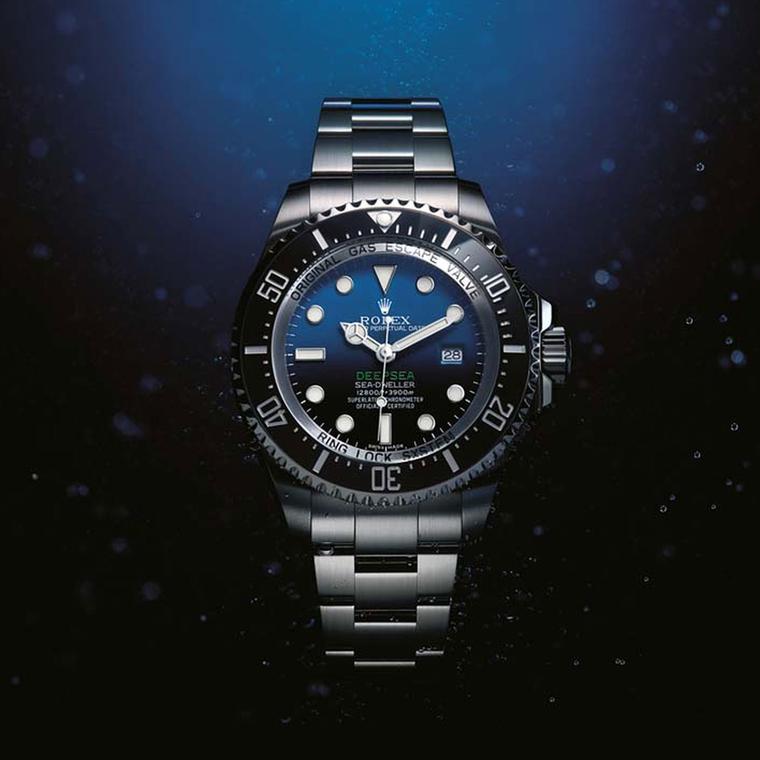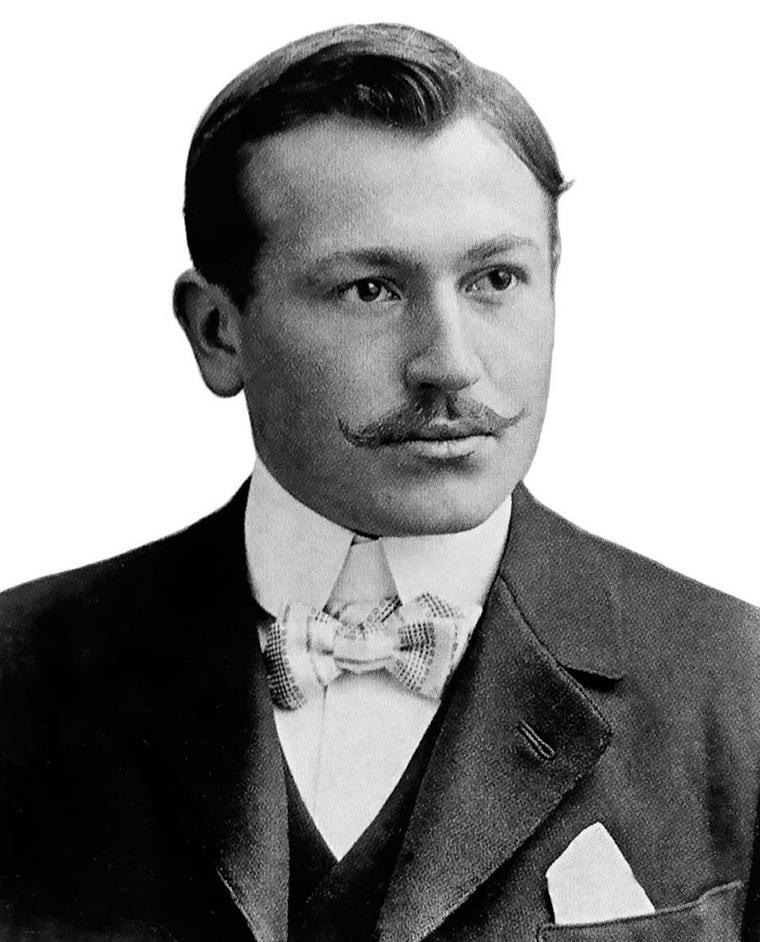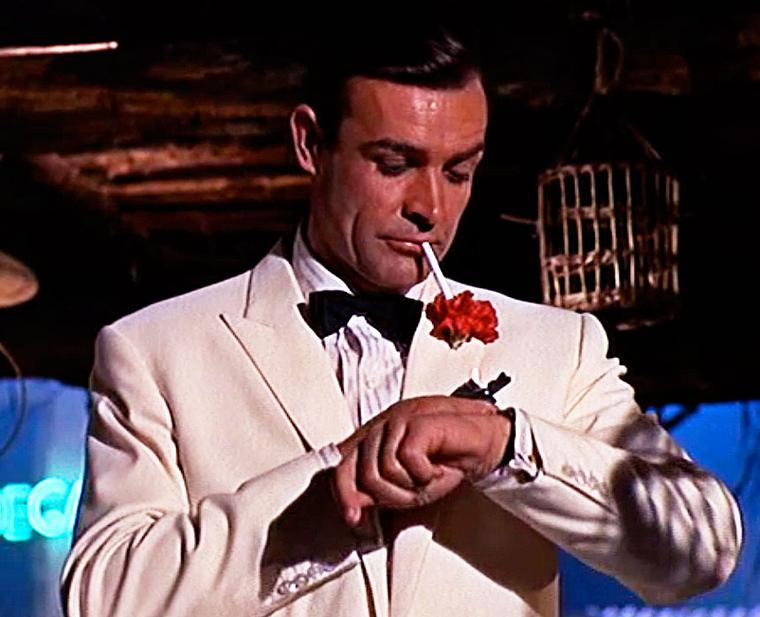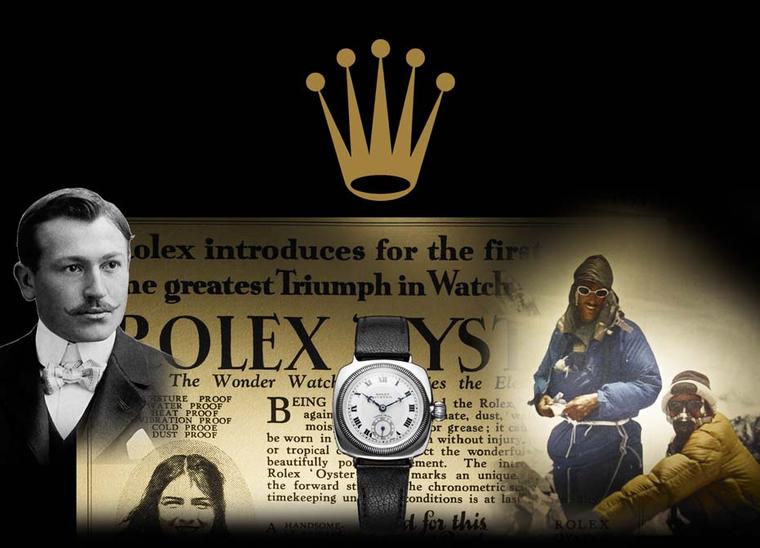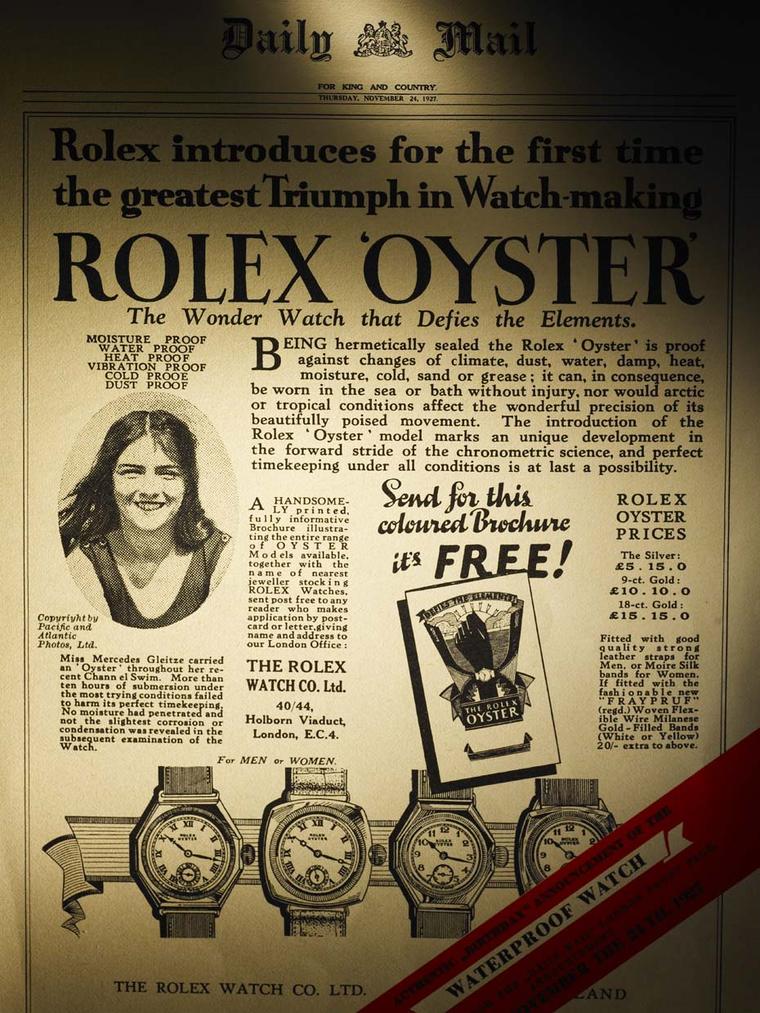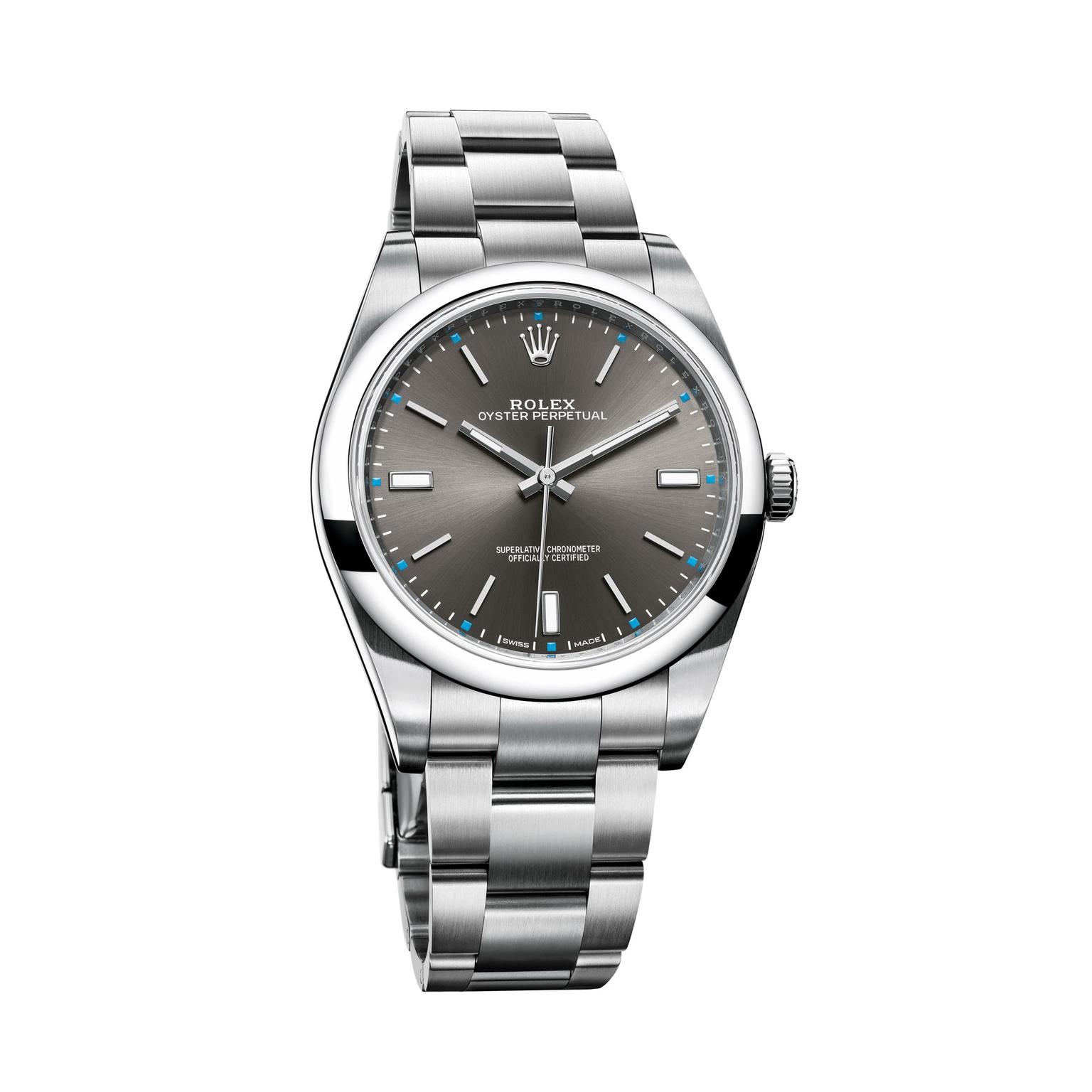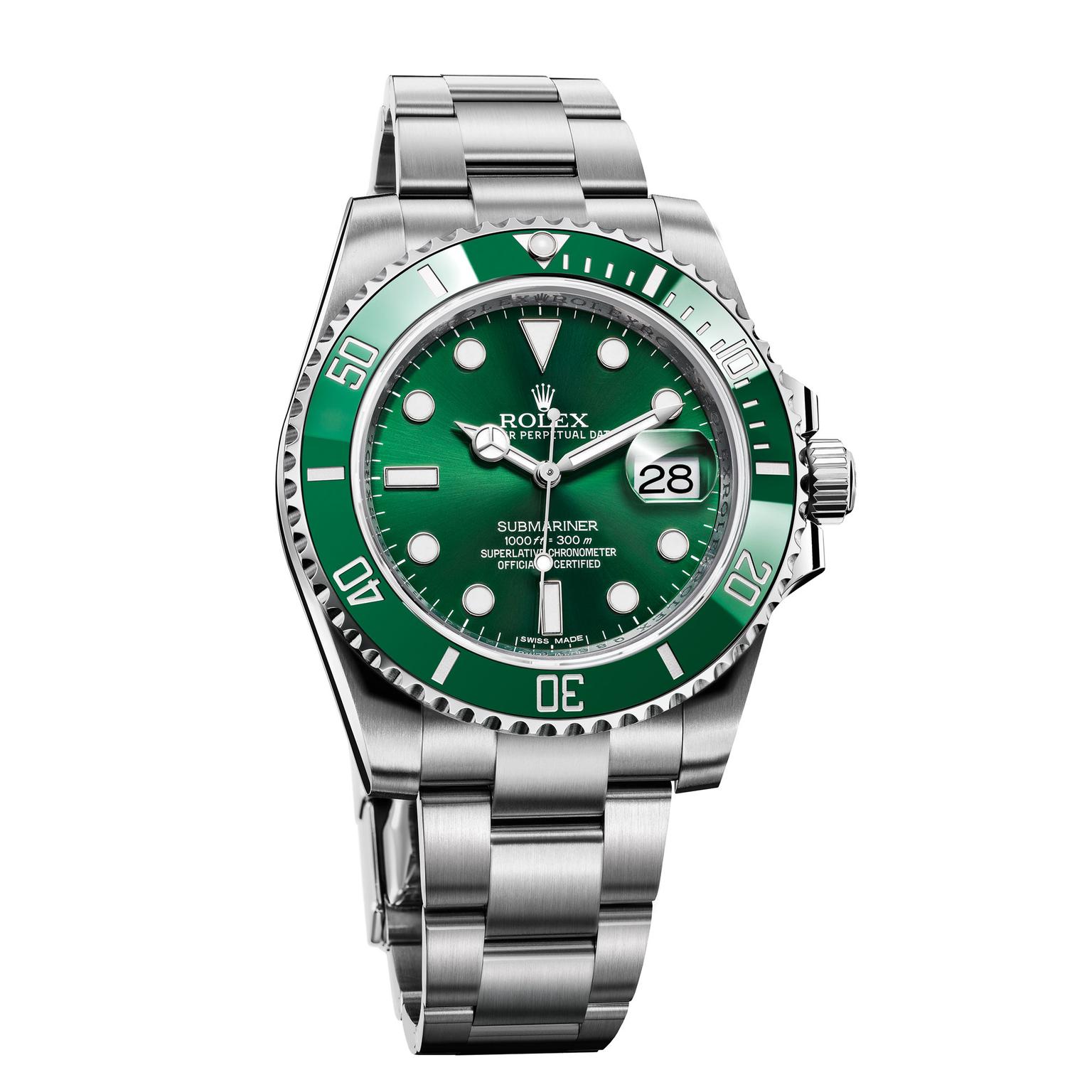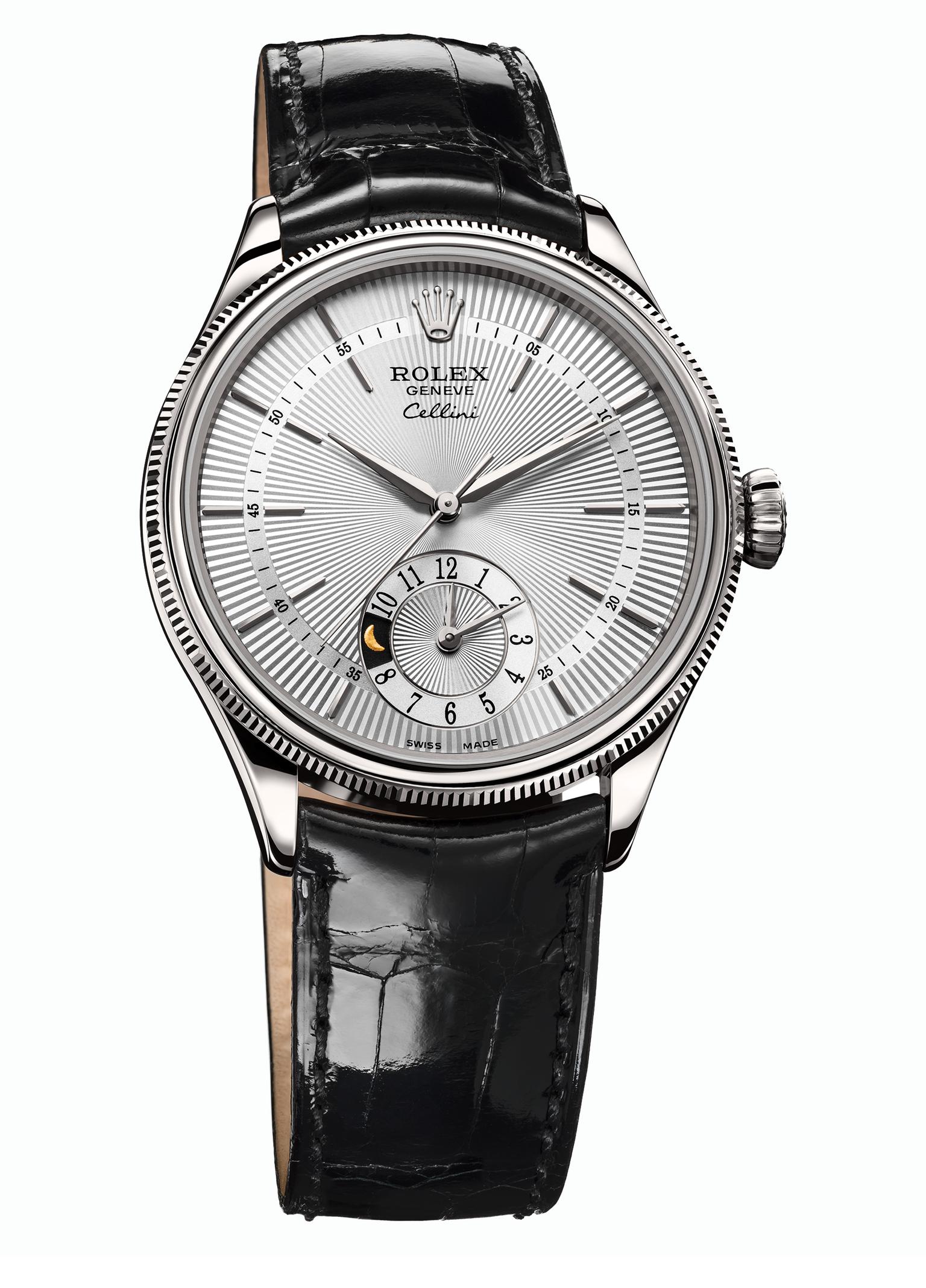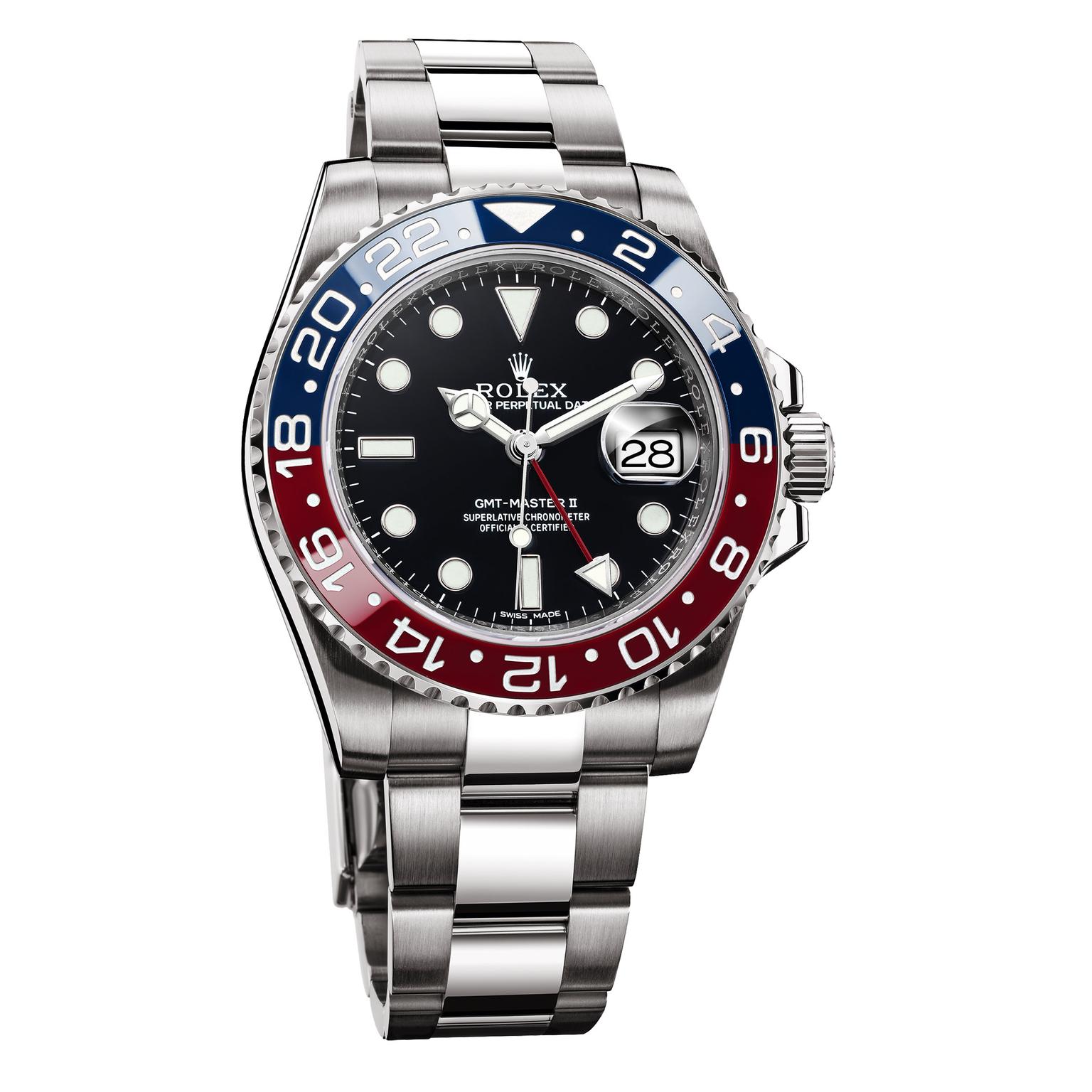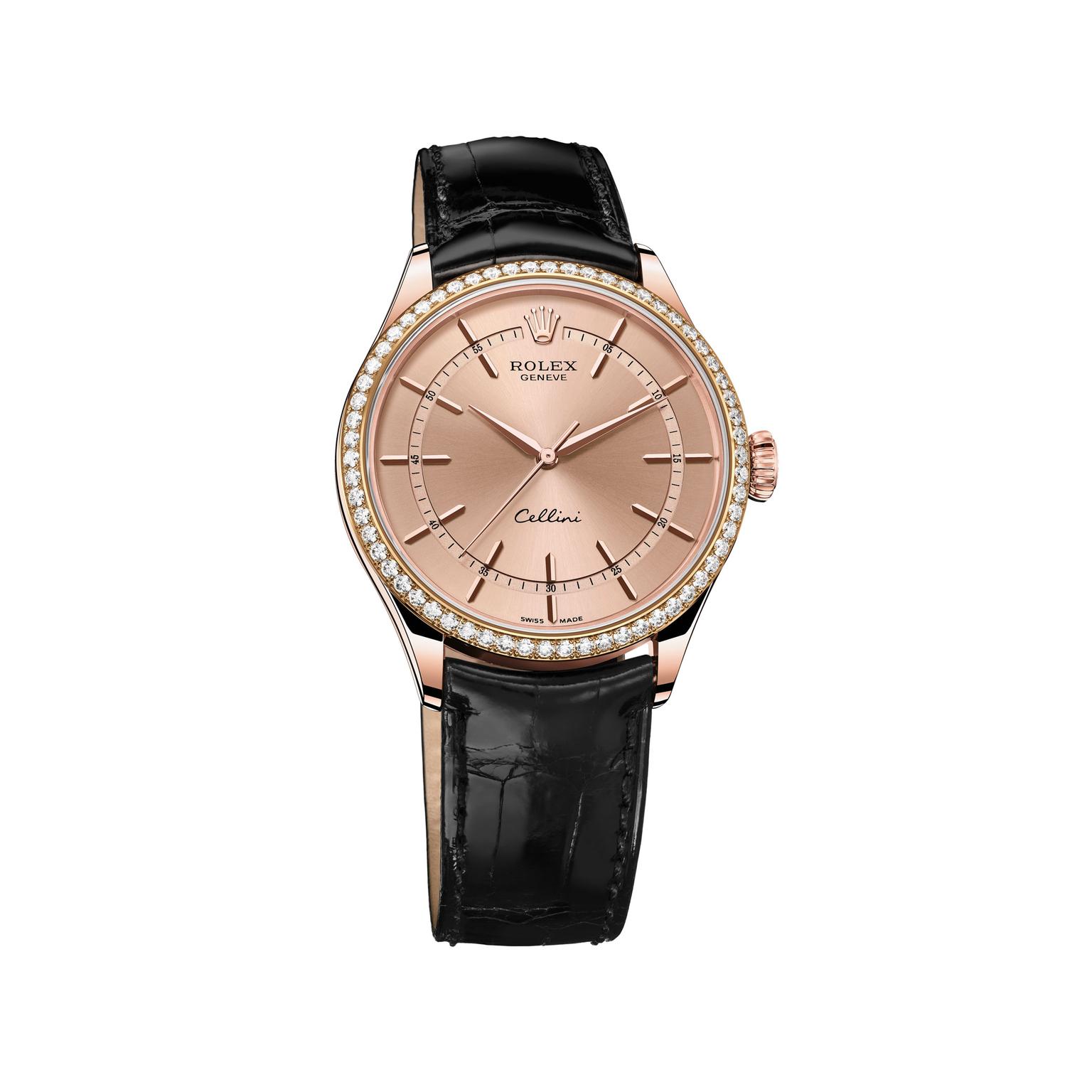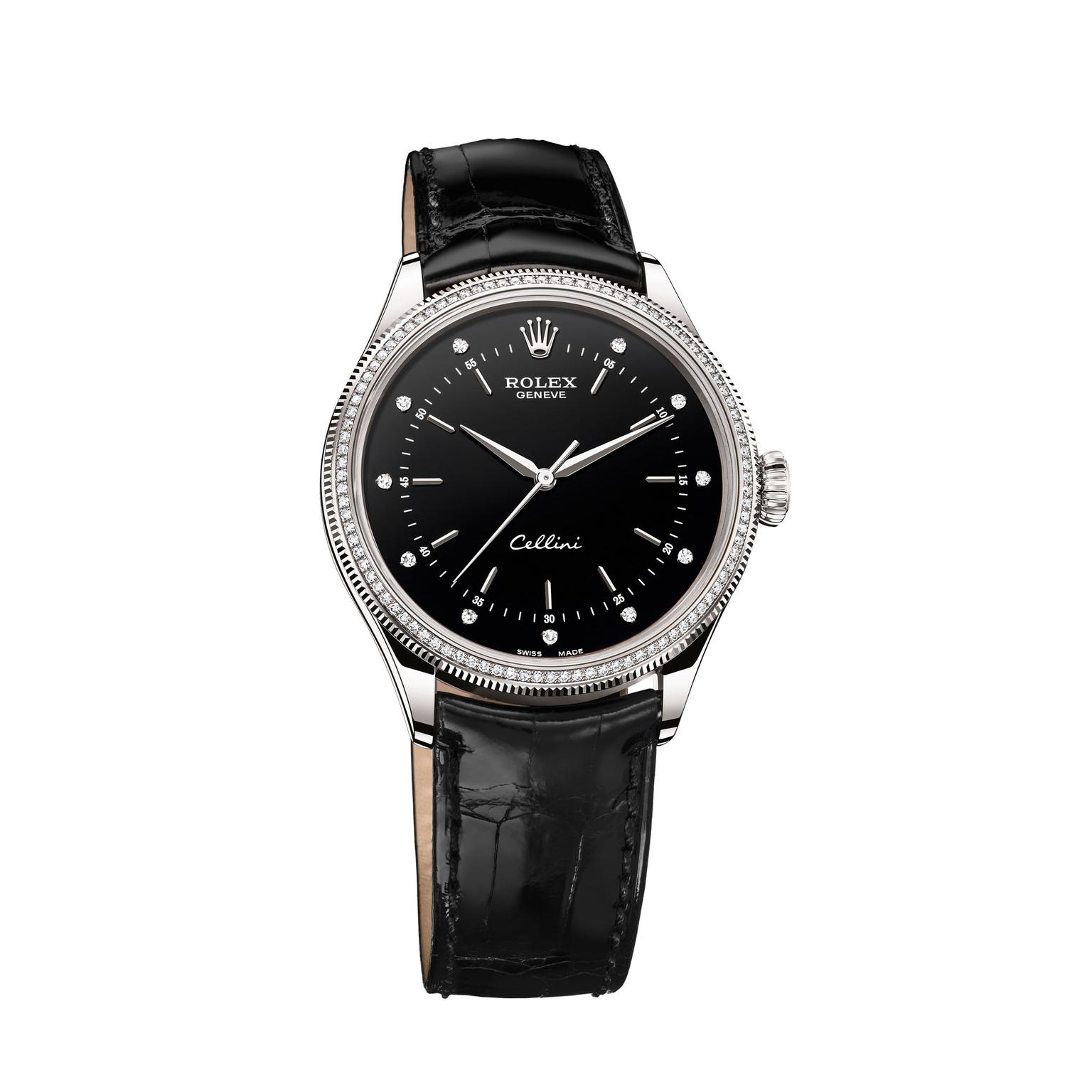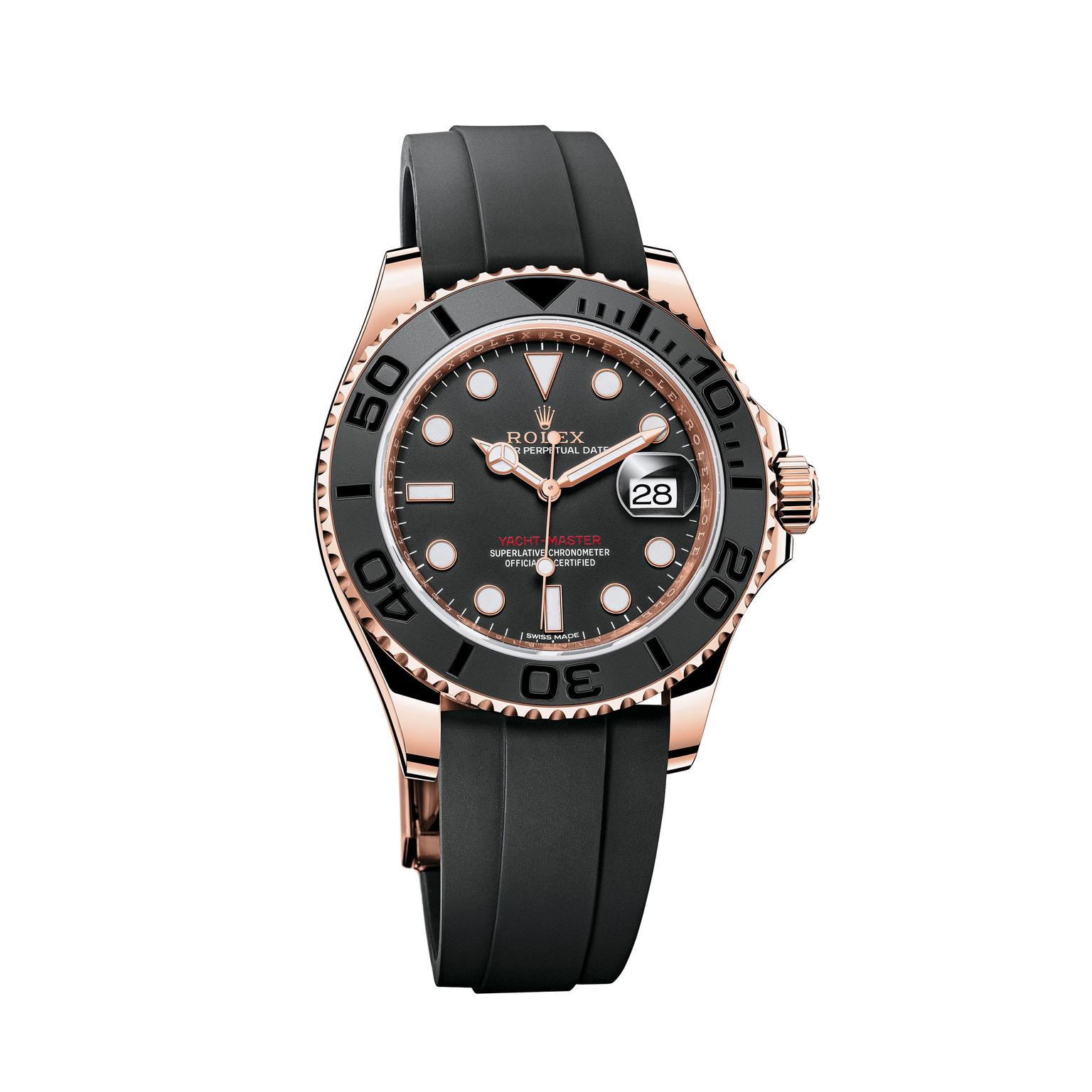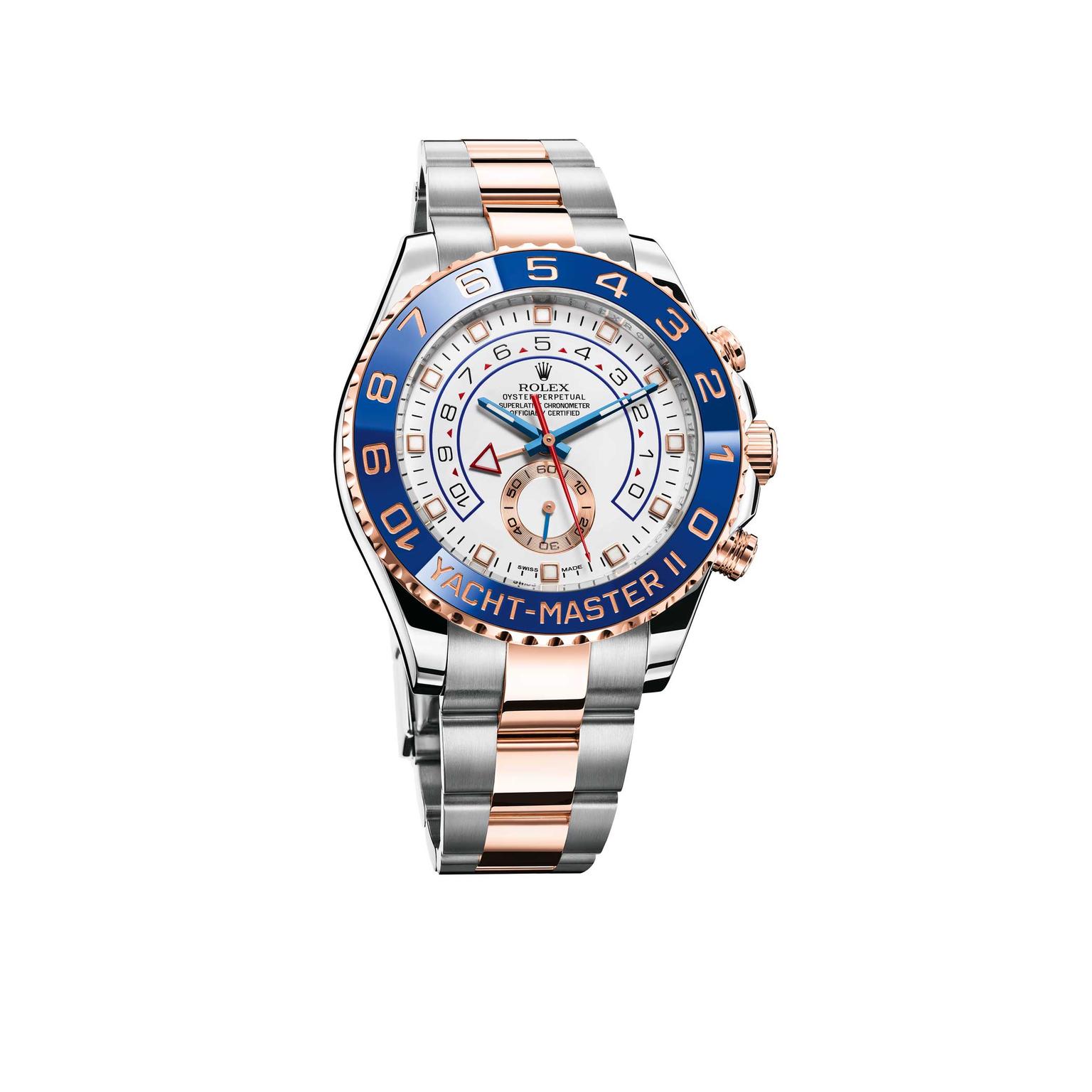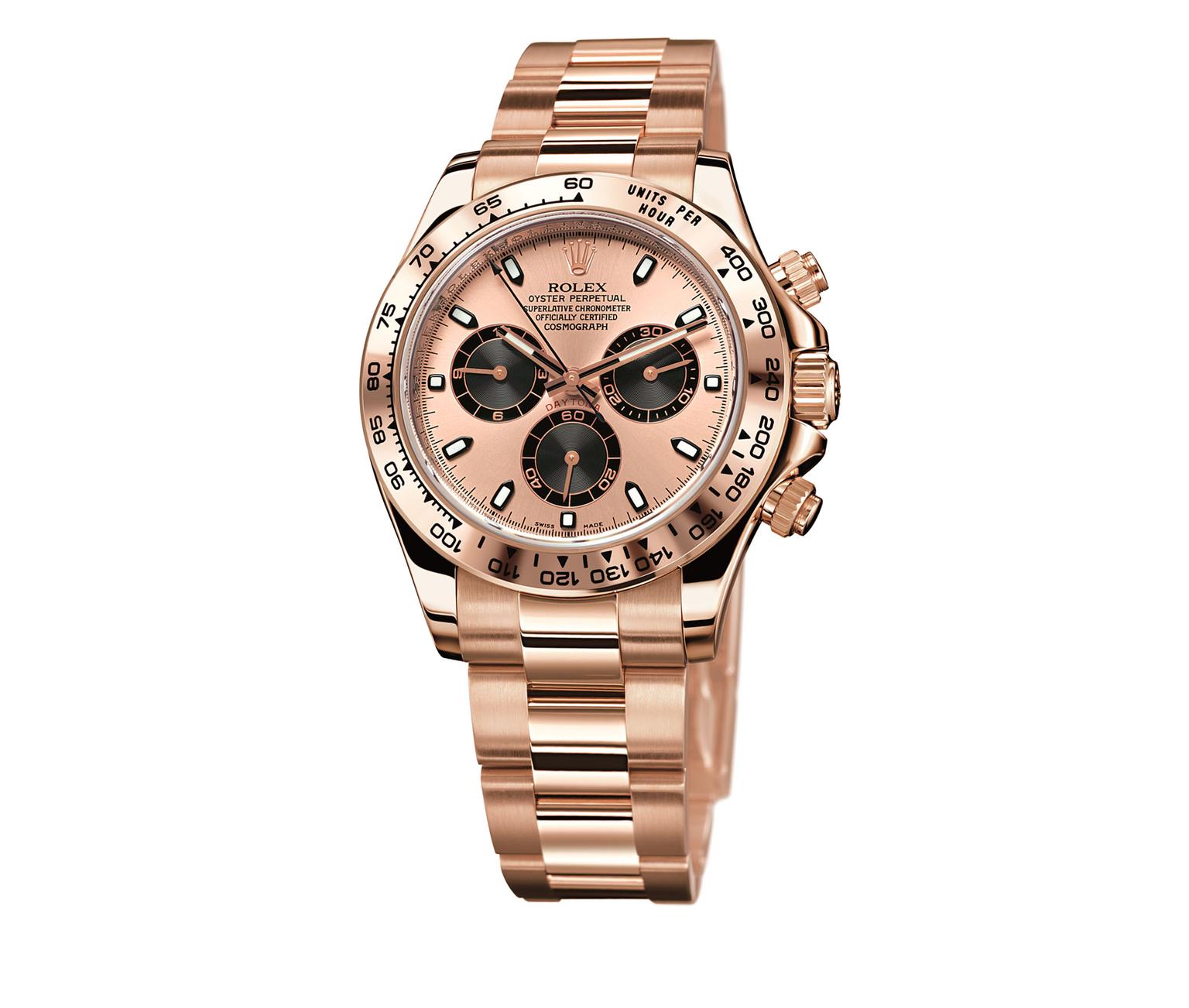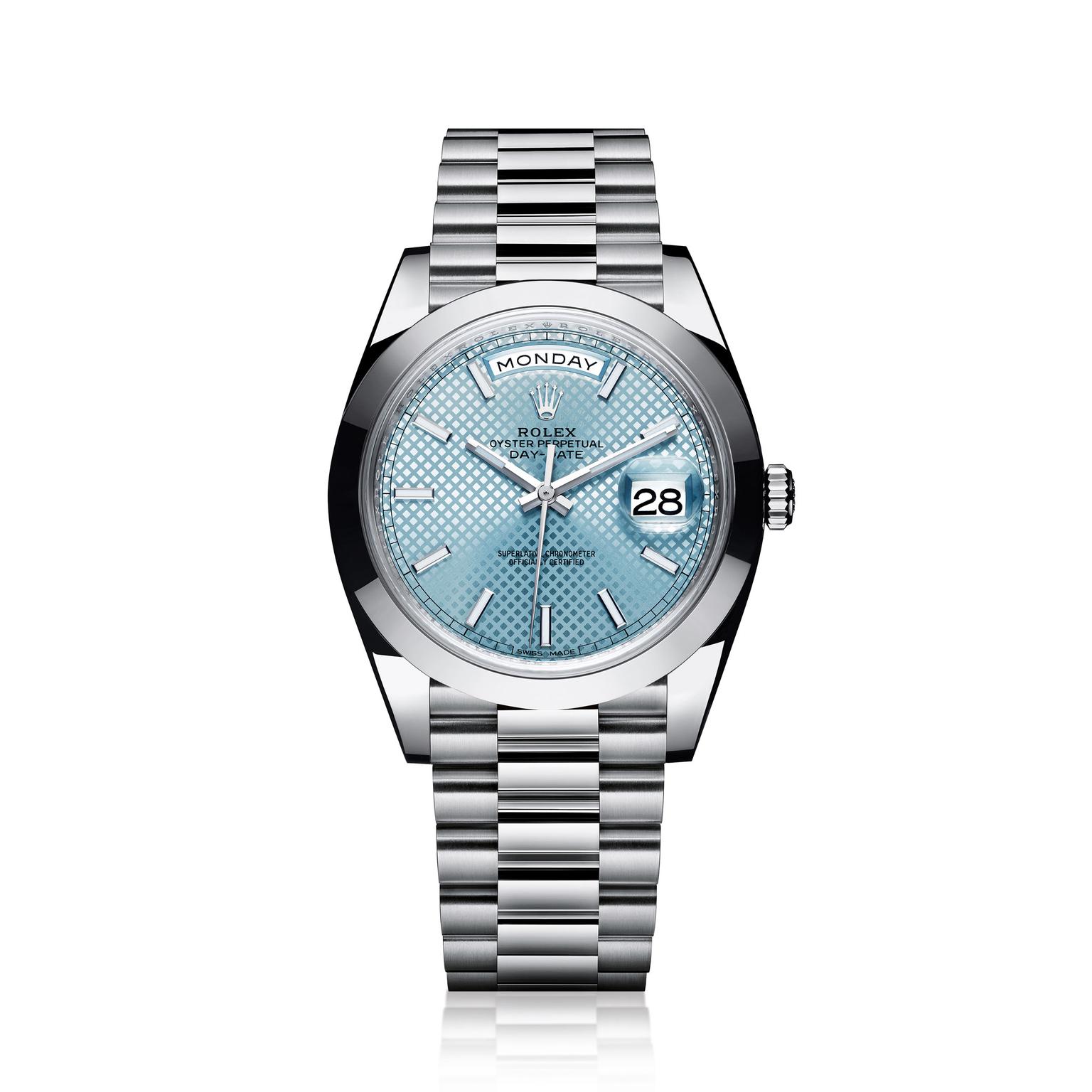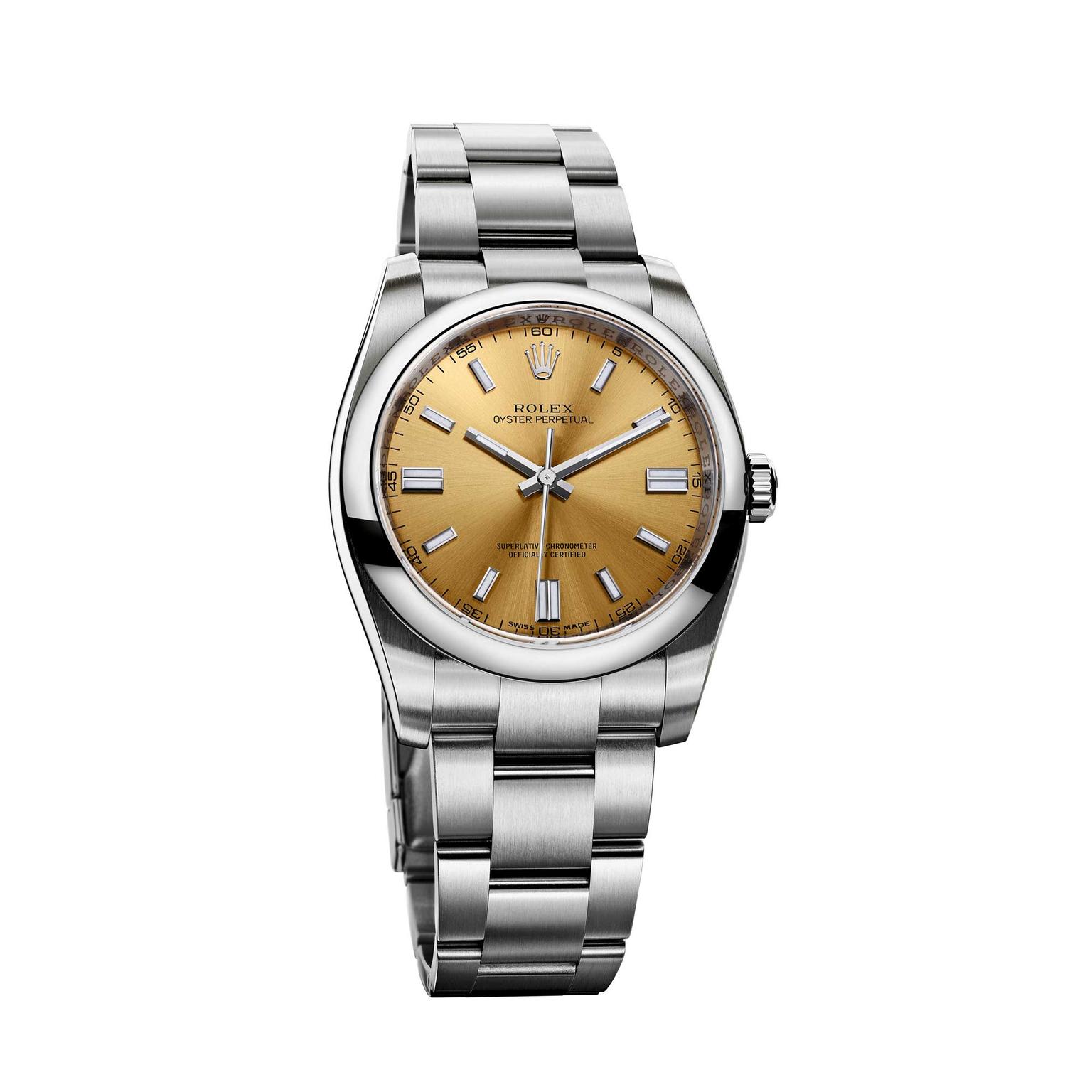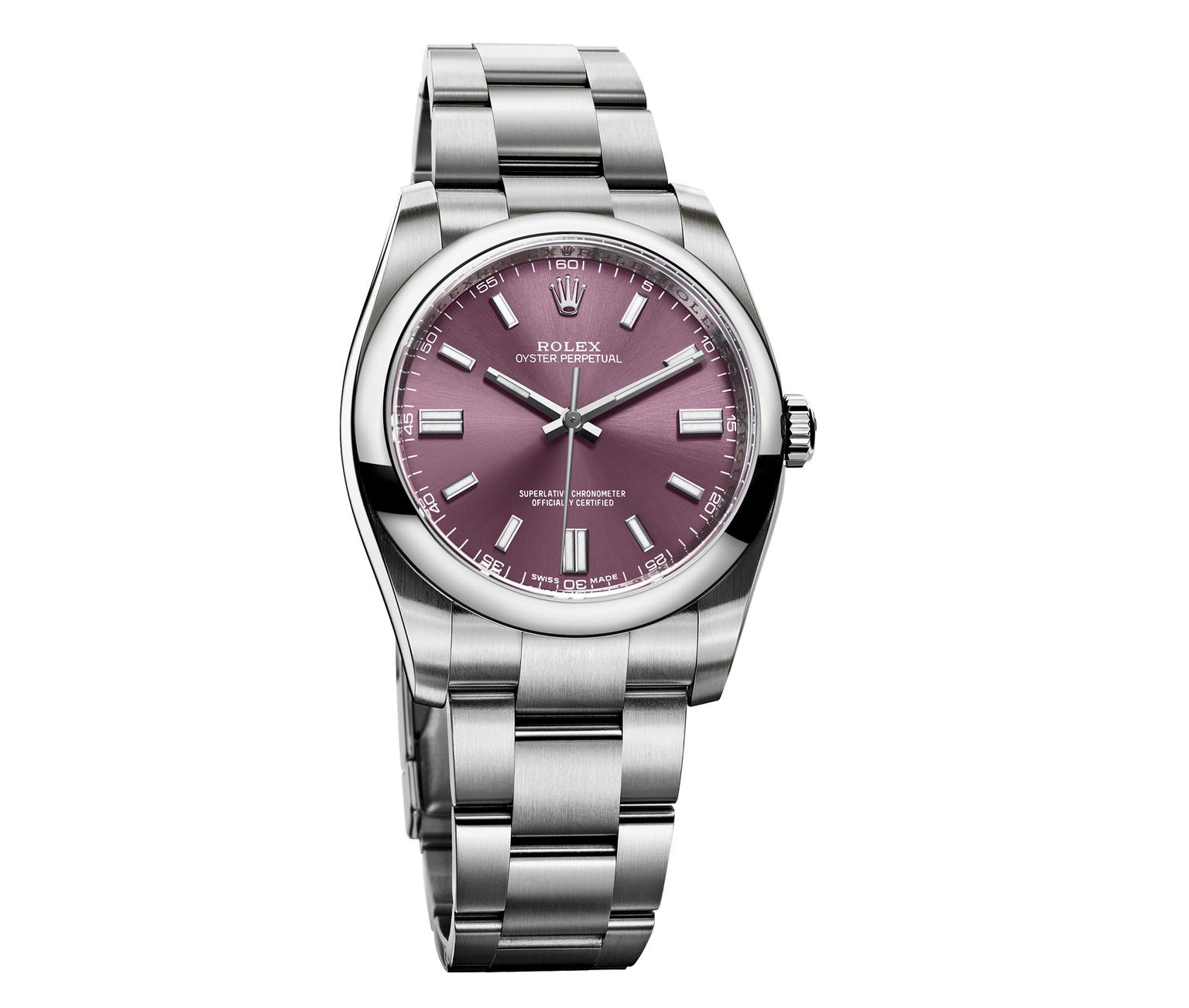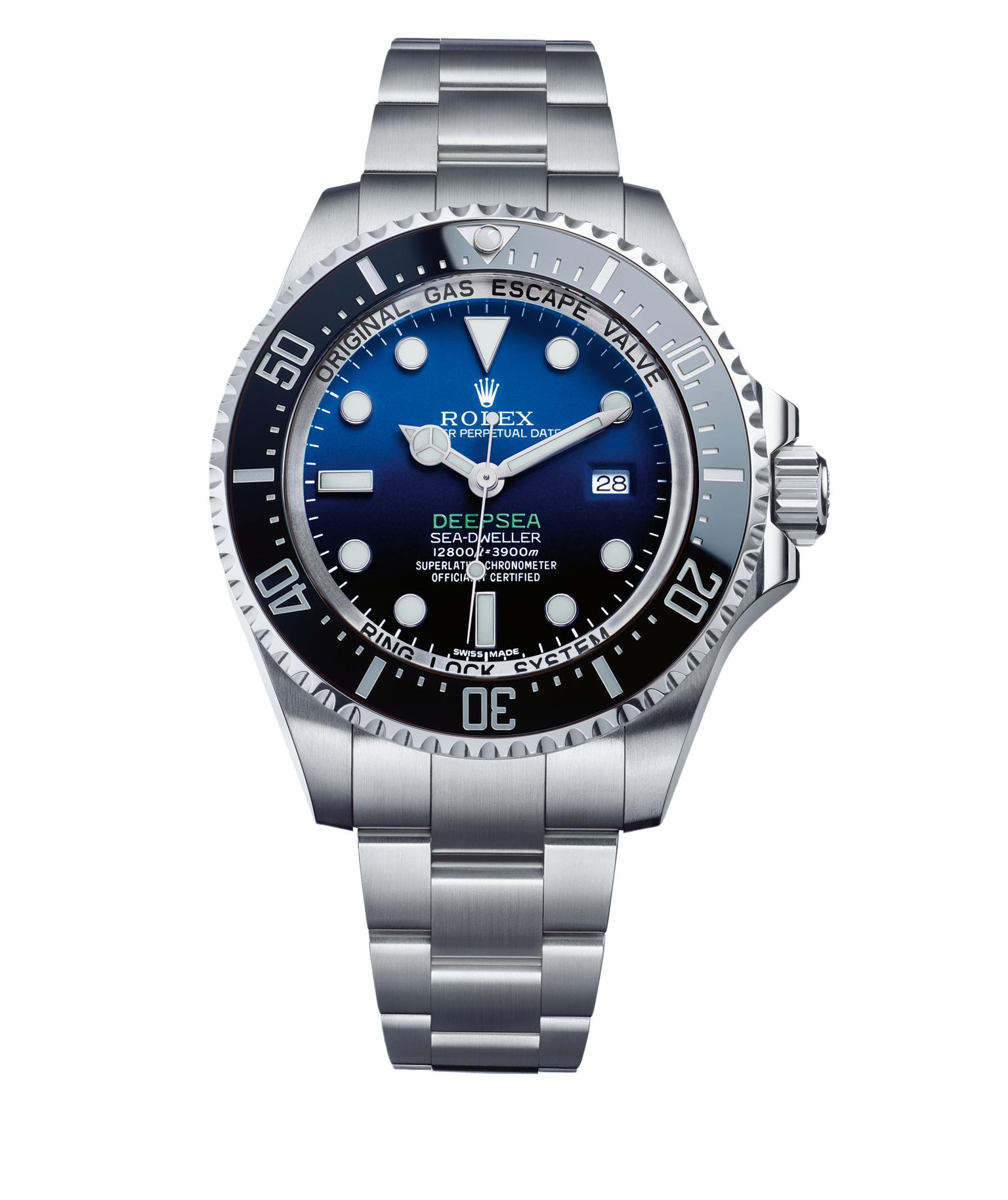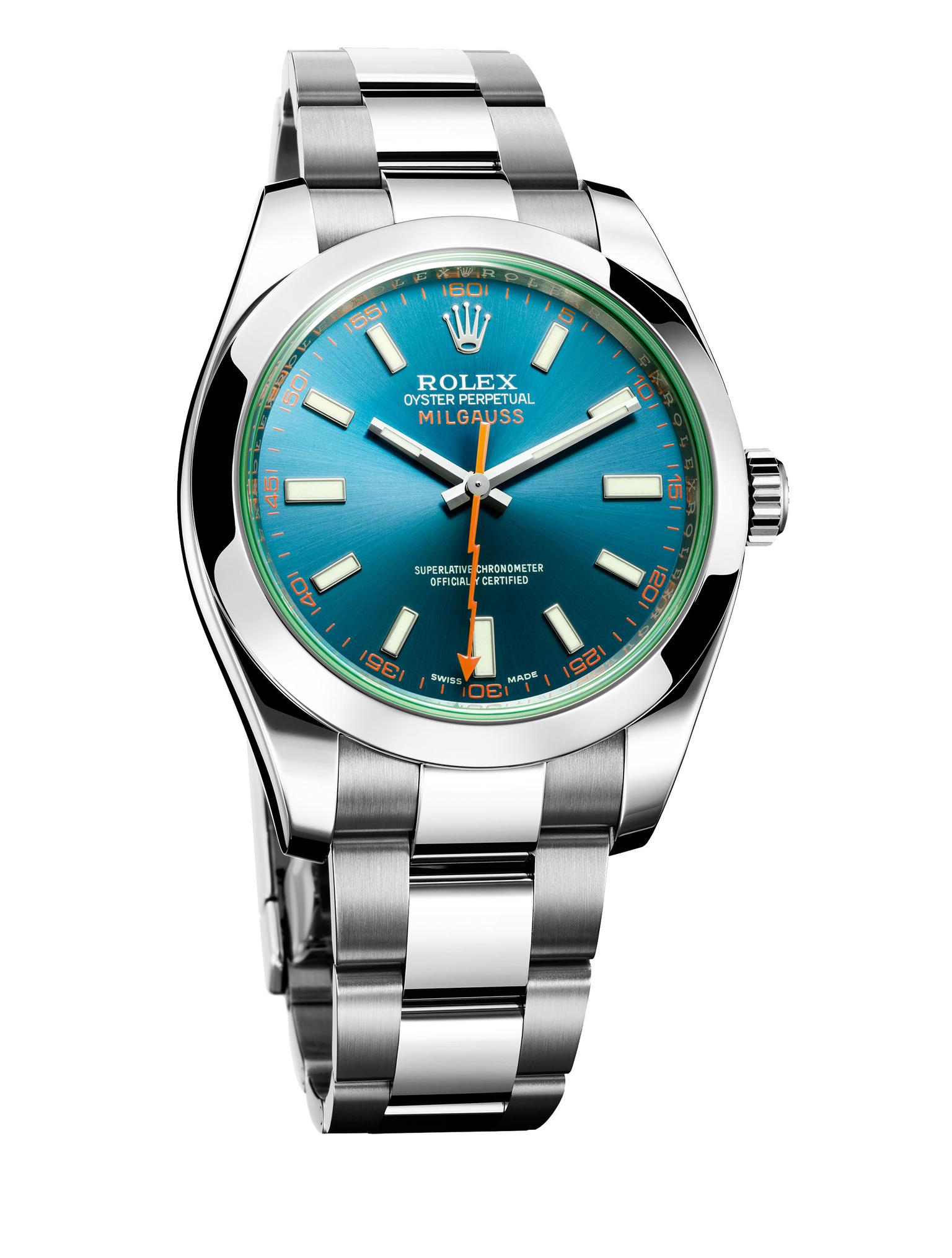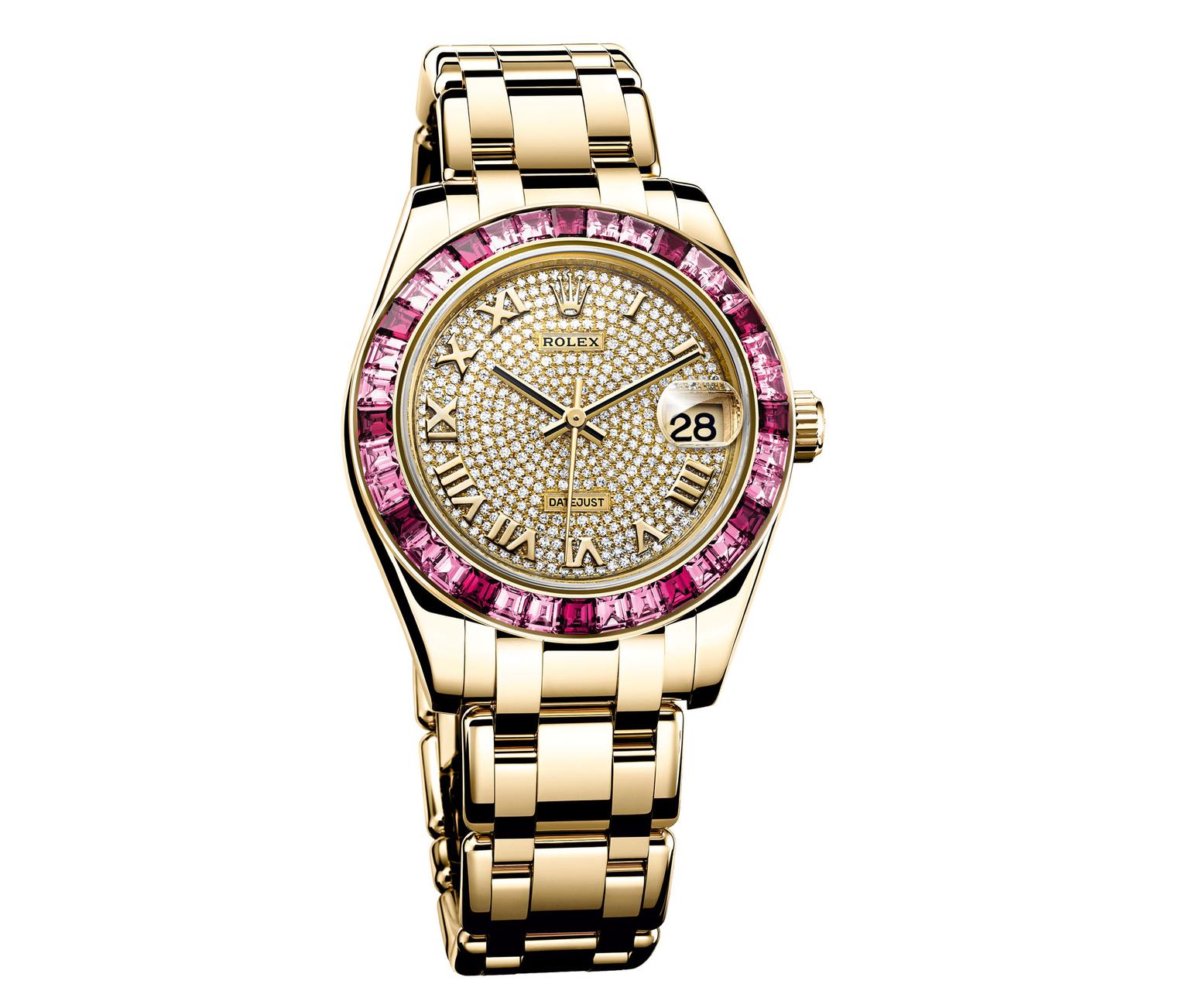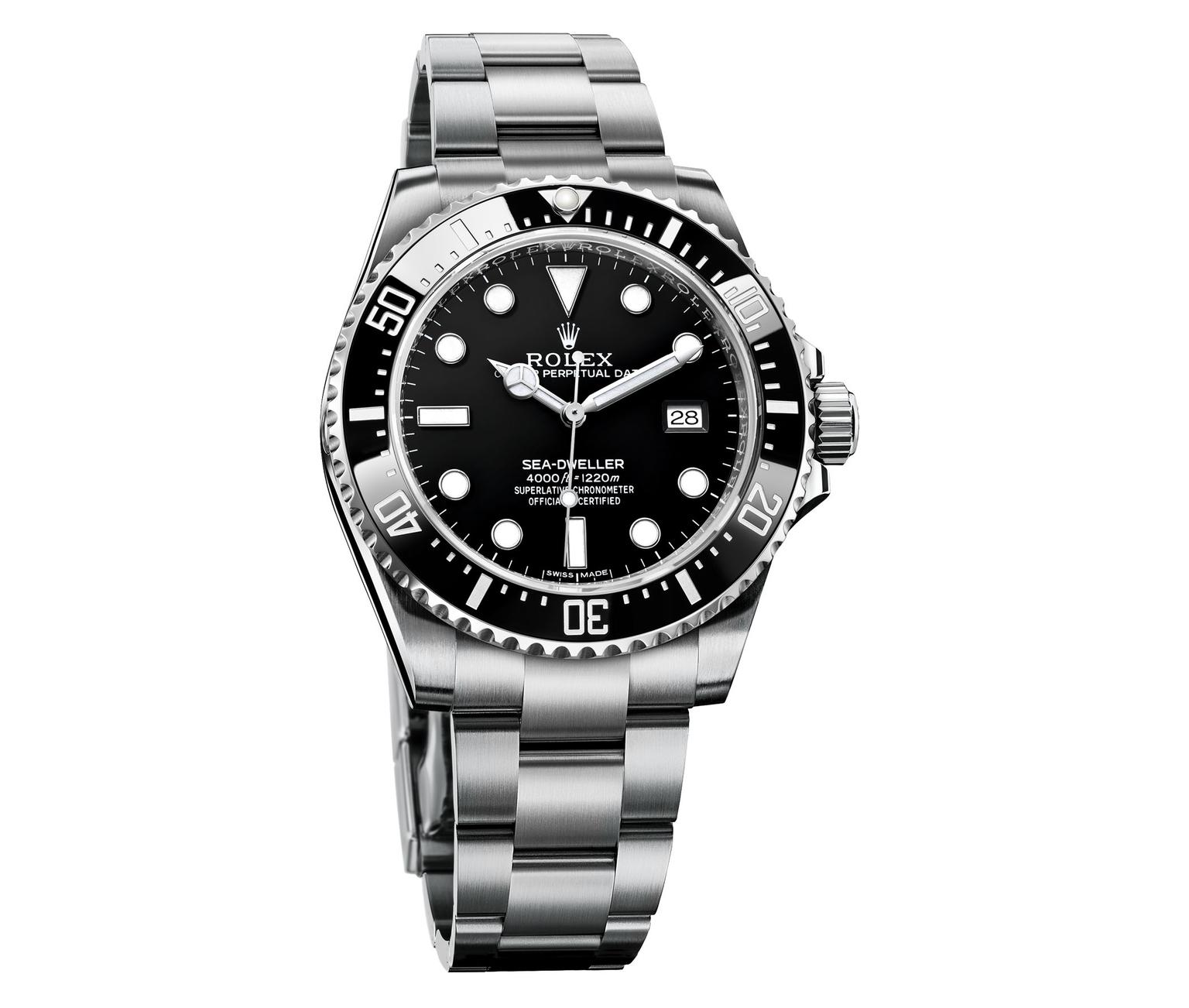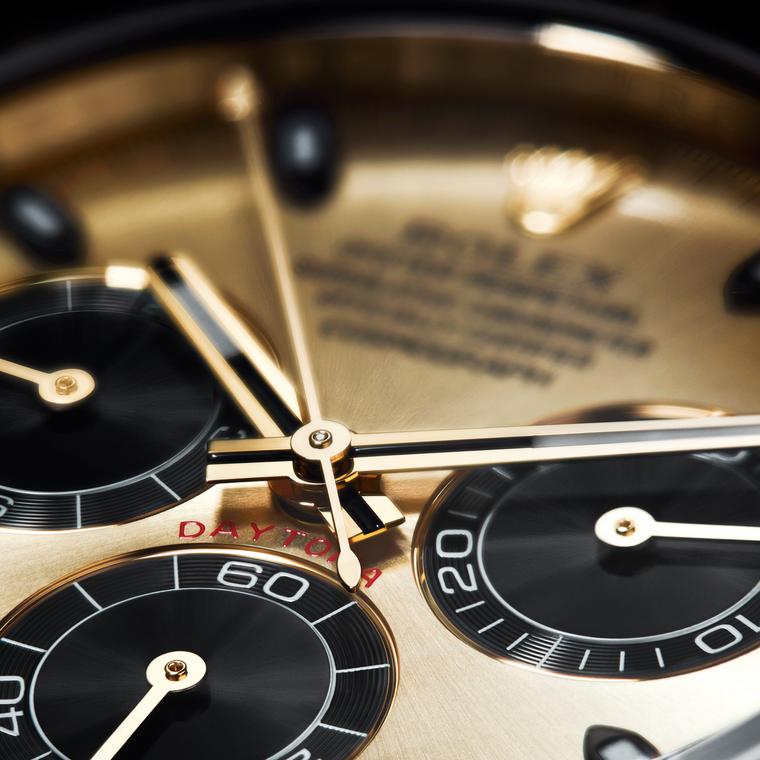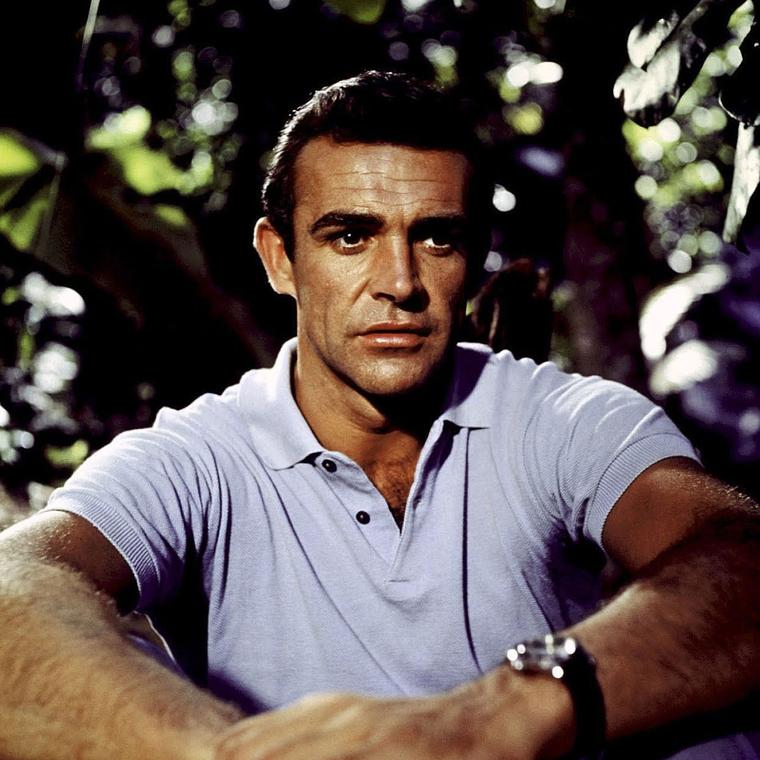The logo of the Swiss watchmaker Rolex is a five-pronged crown, which couldn’t be more apt given that Rolex is the true king of watches. Famous in all corners of the globe and a benchmark of quality, ask anyone which is the best luxury watch brand and you will get the same answer: Rolex. It’s no wonder some of the most powerful personalities in history have worn Rolex watches, including Cuban leader Fidel Castro and Sir Winston Churchill.

Beyond the intangible concept of luxury, there are some very solid reasons why Rolex watches occupy the position they do. Since it was founded in 1905, Rolex has been credited with popularising the wristwatch for men. By patenting the first waterproof watch case, perfecting the automatic winding movement, and obtaining the first chronometer certification on a wristwatch, Rolex is a powerhouse of technological innovations and a stickler for precision. In addition to its technological might, Rolex has created such iconic men's and women's watches that the very first foundation stones - including the Oyster, the Perpetual and the Datejust - are still being manufactured today. With tweaks and ever-improved materials added along the way, Rolex has essentially stayed faithful to its original designs.
Rolex is still the leading producer of COSC-certified chronometers, and although the company prides itself on being as hermetic as its Oyster watches when it comes to divulging information, production figures could be anywhere between 800,000 to 1 million watches a year; a drop in the ocean when compared to the plague of 10 million counterfeit Rolex watches that pop up across the globe each year.
Learn more about chronometer watches here
As we delve into the history of the world's best-known Swiss watchmaking company, some rather curious facts surface: Rolex was not originally a Swiss company, its founder was not a watchmaker by profession, or for that matter Swiss, and the company is not by any stretch of the imagination an old watch company.
Hans Wilhelm Wilsdorf (1881-1960) was born in Bavaria to parents who had both died by the time he was 12. His aptitude for English gave him a good head-start at school, and one of his early jobs involved writing trade letters from a pocket watch export company in La Chaux-de-Fonds to clients in the US and England.
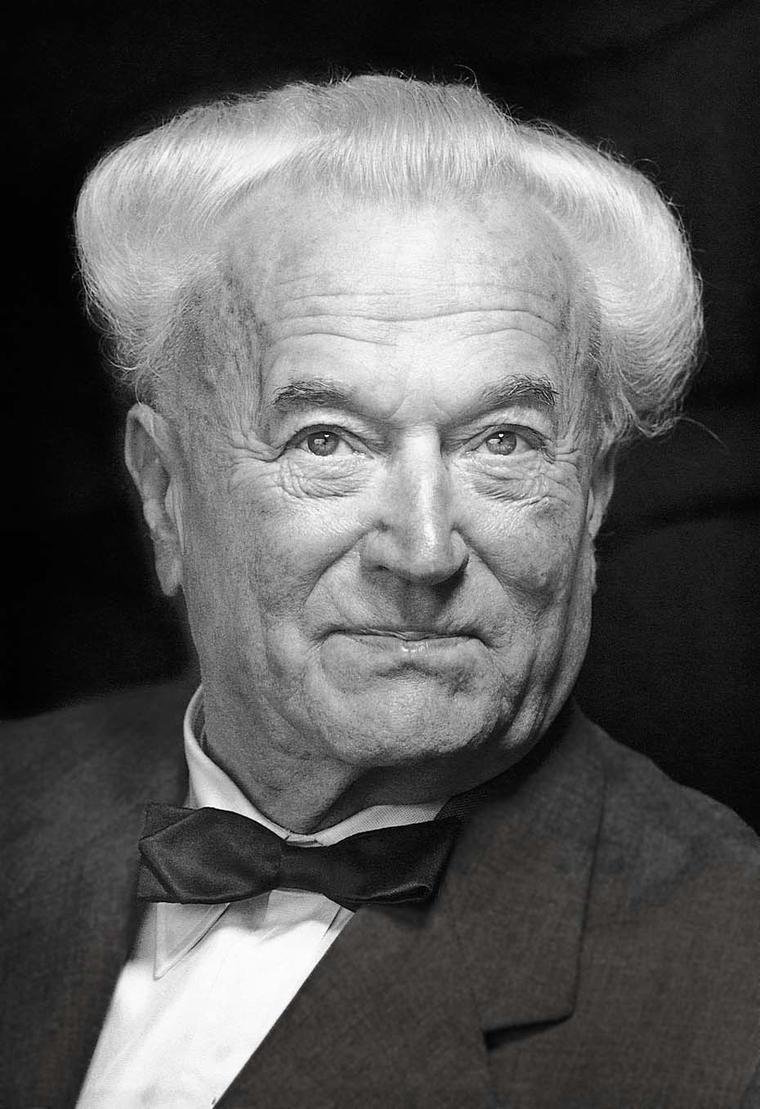
Wilsdorf then moved to London, the capital of world trade and finance, married an Englishwoman, adopted a British nationality and set up shop in 1905. He joined forces with Alfred James Davis to create Wilsdorf & Davis Ltd, selling Swiss watch movements. Wilsdorf, the enigmatic and highly private German businessman, then left London and took his company to Geneva in 1919, to be closer to his Bienne supplier, although he never gave up his British nationality. He died in 1960 in Geneva.
Wilsdorf had a hunch that there was a lucrative niche for specialised quality products - watches that nobody else was making. His first move was to get men to wear wristwatches. Dominated by the pocket watch, men were reluctant to wear what they considered feminine bracelets and damned if they were to exchange their hefty pocket watches for something smaller. Warfare would soon change the prevailing bias as soldiers found that strapping their watches onto the wrist freed up both hands for combat and helped officers synchronise assaults.
Read more about the history of trench watches here
Conquering the misconception that smaller movements were tantamount to less accuracy, Wilsdorf invested in the quality of his Swiss movements and, to prove it, in 1914 he obtained the world's first wristwatch chronometer rating from Switzerland and a Class A certificate of precision from London's Kew Observatory. "It is not with low prices," he once remarked, "but, on the contrary, it is with improved quality that we not only hold the market, but improve."
The next challenge for the German entrepreneur was to create a watch impervious to dust and water, which seeped in through the crown and glass. While hosting a dinner party and prying open a reluctant oyster, Wilsdorf had a Eureka moment: why not invent a watertight watch? The Rolex Oyster watch would be the world's first totally waterproof timepiece and the genesis of the company's strong identity. To ensure no water would leak into the movement, the bezel, caseback and winding crown were all screwed down. The fluting of the bezel, which would become a distinctive trait of the Oyster family, was in fact used to screw the bezel and caseback onto the middle case with a special tool made by Rolex watches.
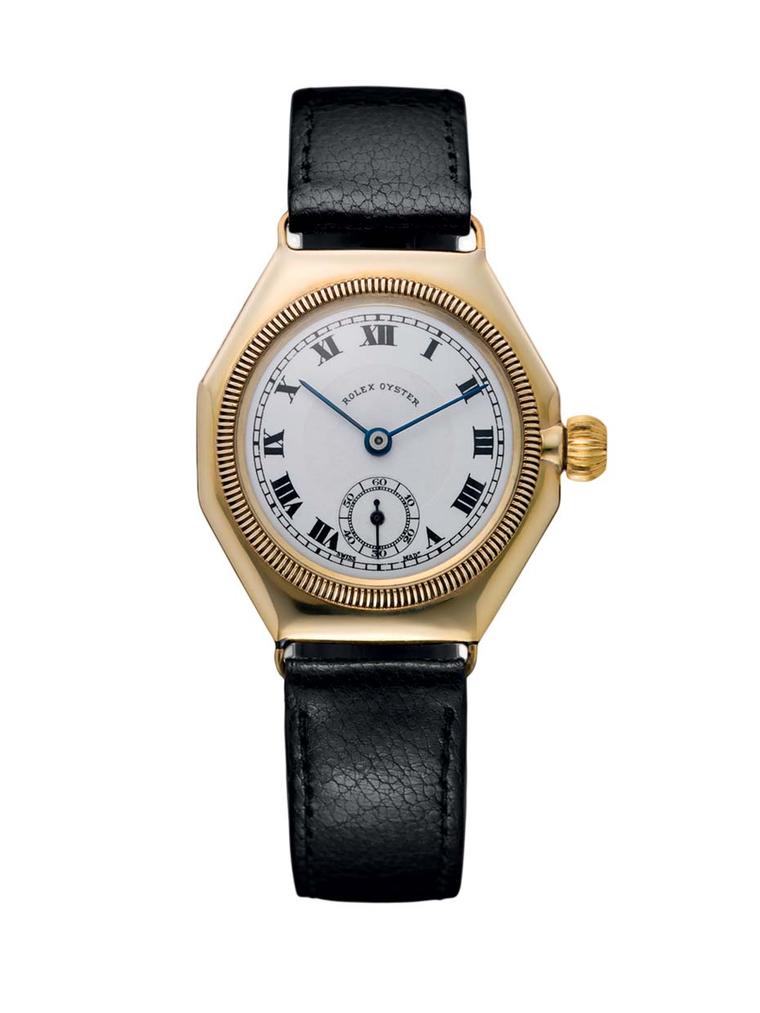
Once the Rolex Oyster watch had been developed and tested, Wilsdorf needed to get the message out to the public and happened upon a brilliant marketing plan. He would test the Oyster in real-life conditions by pinning a watch on Mercedes Gleitze's bathing suit for her cross-Channel swim in 1927. The London stenographer emerged after 10 freezing hours in the water with her Rolex Oyster watch in perfect condition, and Wilsdorf took out a full-page advert in the Daily Mail to flaunt the Oyster's impeccable performance - a precursor in the use of winning testimonials. This formula would become an extremely persuasive marketing tool, and athletes of all disciplines, cultural figures and professionals who needed a rugged work companion all contributed to Rolex watches' solidity as a reliable brand.
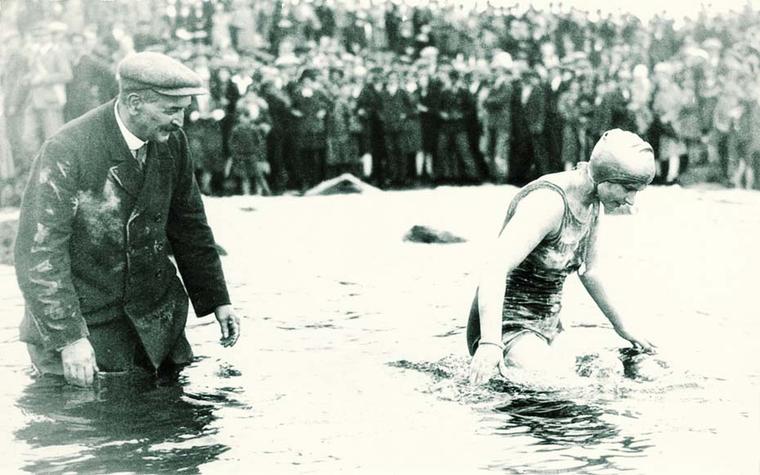
Now that he had sealed the case and obtained chronometric precision, a self-winding or automatic movement was the next brainteaser. By creating a watch that could generate power from the wearer's wrist movements alone, the need for manual winding and extracting the crown from the case would be eliminated. Rolex was not the first to come up with the idea of the rotor - Perrelet had invented that in 1770 - but the Rolex team managed to perfect and patent the bi-directional oscillating mass, or rotor, in what would become known as the Rolex Oyster Perpetual watch in 1931.
Read about Rolex in our list of top five iconic watches
Thanks to the superior technology of Rolex watches, many WWII RAF pilots preferred them over their standard government-issue watches. Very often, captured Allied pilots were stripped of their Rolex watches when sent to the prisoner-of-war camps. Wilsdorf got wind of the situation and offered British POW officers the chance to request a new Rolex watch and pay for it whenever they were back on their feet and earning a salary again. Watches were also crucial equipment in prison escapes, and the Stalag Luft III officer's camp would become famous for two epic escapes immortalised on the big screen in The Great Escape and The Wooden Horse. The Great Escape was said to have been organised and timed by a prisoner who had received one of Wilsdorf's Rolex watches.
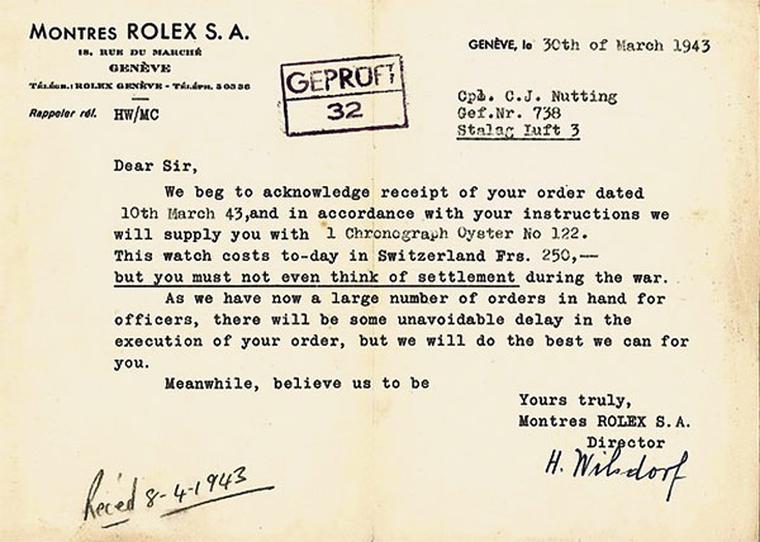
1945 saw the launch of the Rolex Datejust watch, the first automatic watch to indicate the date in a window on the dial. It wasn't just the date that would make this watch famous but its Jubilee metal bracelet, which would become another iconic Rolex watch design, along with the fluted bezel. The Day-Date model, which made its debut in 1956, would become the first watch to display the date and the day of the week spelt out in full - in 26 different languages - in a window at the top of the dial. Available in gold or platinum, the Rolex Day-Date watch was enhanced with a very useful Cyclops lens, magnifying the date for increased legibility.
Read about Rolex at Christie's online auction
Moving beyond the theatre of war, Rolex watches began to position itself as a watch for adventure and professional pursuits, providing watches to Sir John Hunt's British expedition to Mount Everest. While Edmund Hillary and Tenzing Norgay braved the freezing 8,848 metre ascent to conquer the world's highest mountain wearing what would become known as the Rolex Oyster Perpetual Explorer watch, the technicians in the Rolex labs were ready to roll out the first automatic professional diver's watch - the Rolex Submariner - which could plunge to depths of 100 metres.
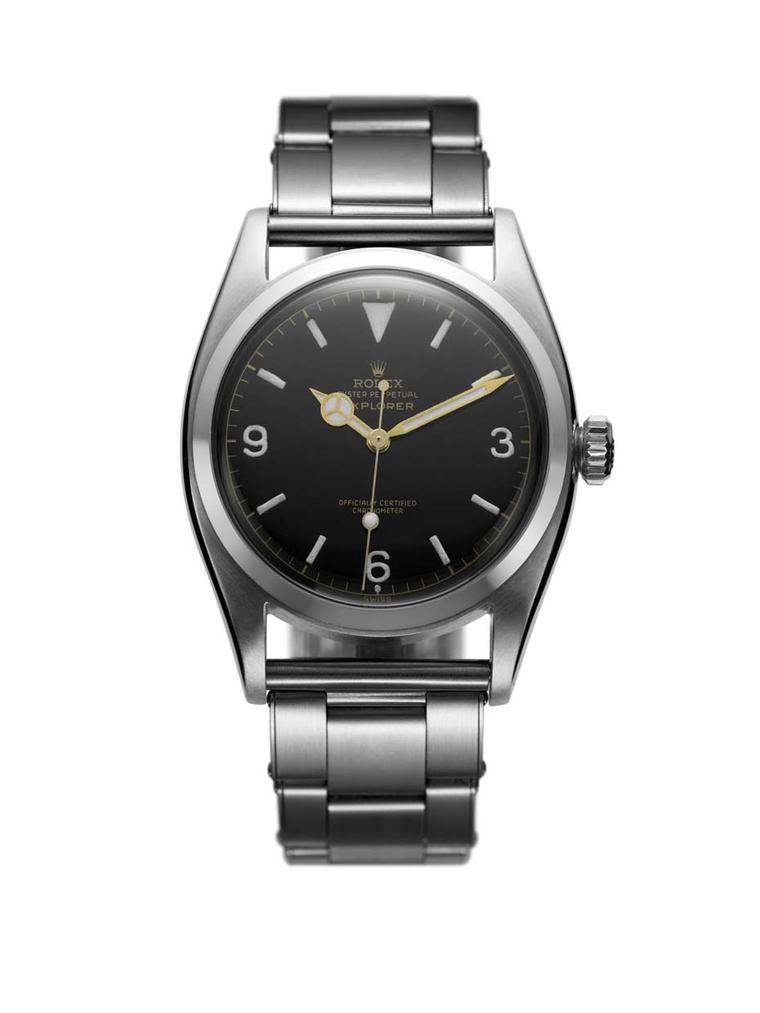
Rugged, handsome and ready for any kind of mission, the Rolex Submariner watch caught Ian Fleming's eye as the ideal timekeeper for his spy, positioning Rolex as the original Bond watch. Although most of us will remember Ursula Andress emerging from the Caribbean in a white bikini, watch buffs would have noticed the Rolex Submariner watch on Sean Connery's wrist in the 1962 film, Dr No. Connery wore the Rolex Submariner throughout his seven 007 appearances and the watch became so associated with Bond that collectors today still refer to this model as the James Bond Submariner.
View our gallery of iconic James Bond watches here
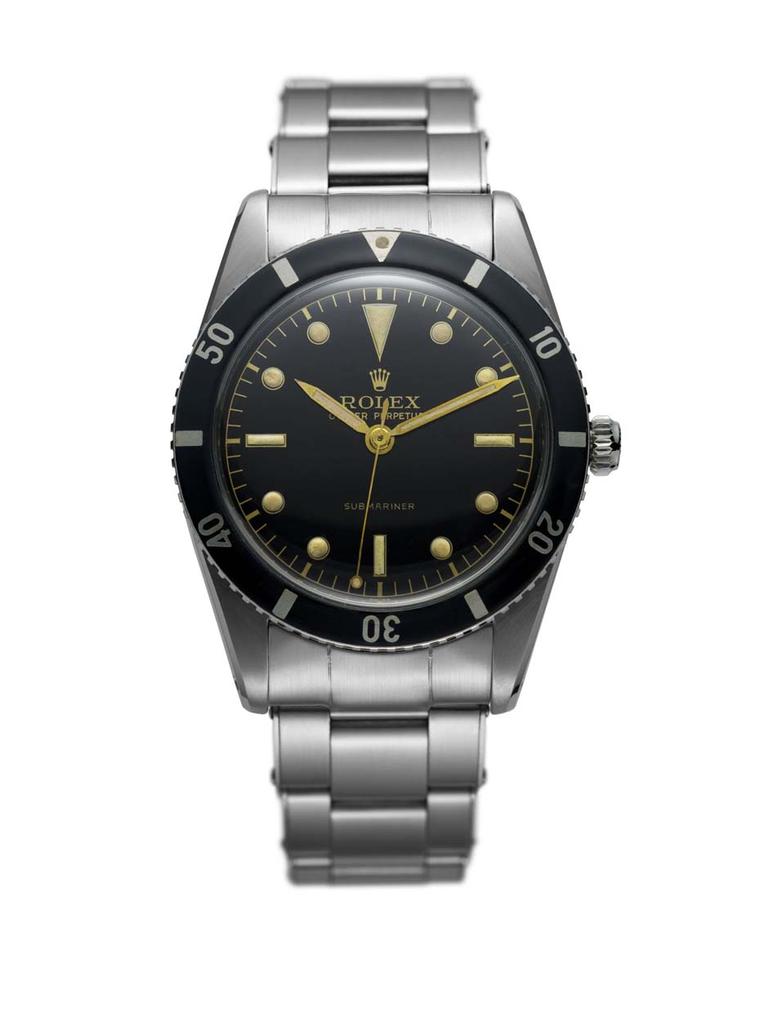
The 1950s were also the dawn of the glamorous jet age and, in 1955, Rolex developed one of the brand's most iconic watches of all: the GMT-Master watch. Also known as the Pepsi watch because of its rotating blue and red bezel, the Rolex GMT-Master was specifically designed for Pan Am pilots to be able to consult the time, and day and night functions, in different places of the world at a glance. Still going strong, the Rolex GMT-Master watch was re-edited in 2014 in white gold - much to the delight of collectors - with a red and blue Cerachrom ceramic bezel, a superior material developed by Rolex, which makes the ceramic bezel virtually scratchproof, resistant to salt water corrosion and even UV rays.
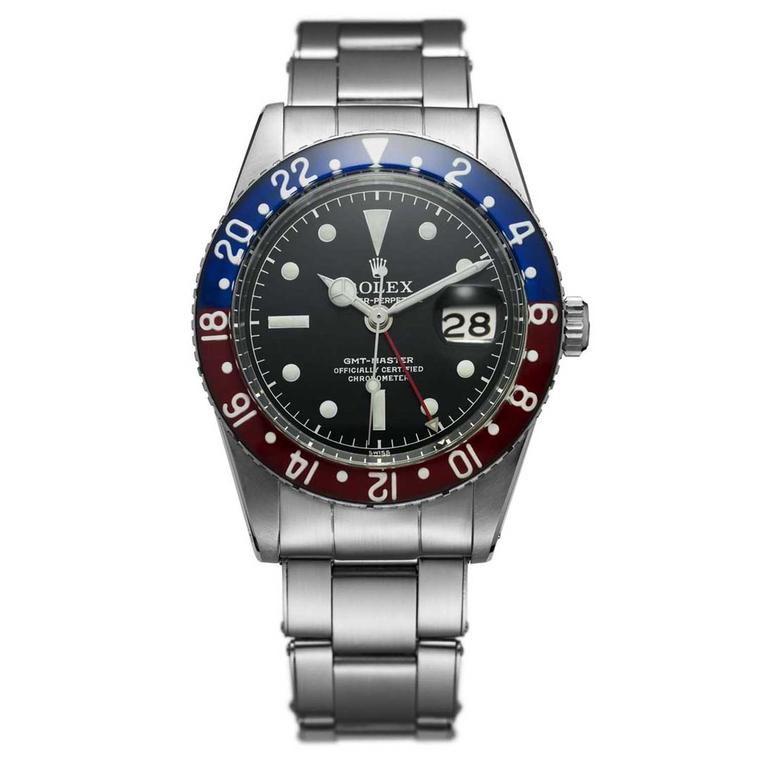
The Rolex Milgauss watch was also developed with a particular profession in mind and was adopted by particle scientists consumed with splitting the atom at CERN's headquarters in Switzerland, thanks to its ability to withstand magnetic fields of up to 1,000 gauss. We saw this model revisited last year with an electric blue dial and, although some watches today now boast resistance of magnetic fields of up to 15,000 gauss, the Rolex Milgauss watch is a classic.
Read more about the history of the classic Rolex Milgauss watch here
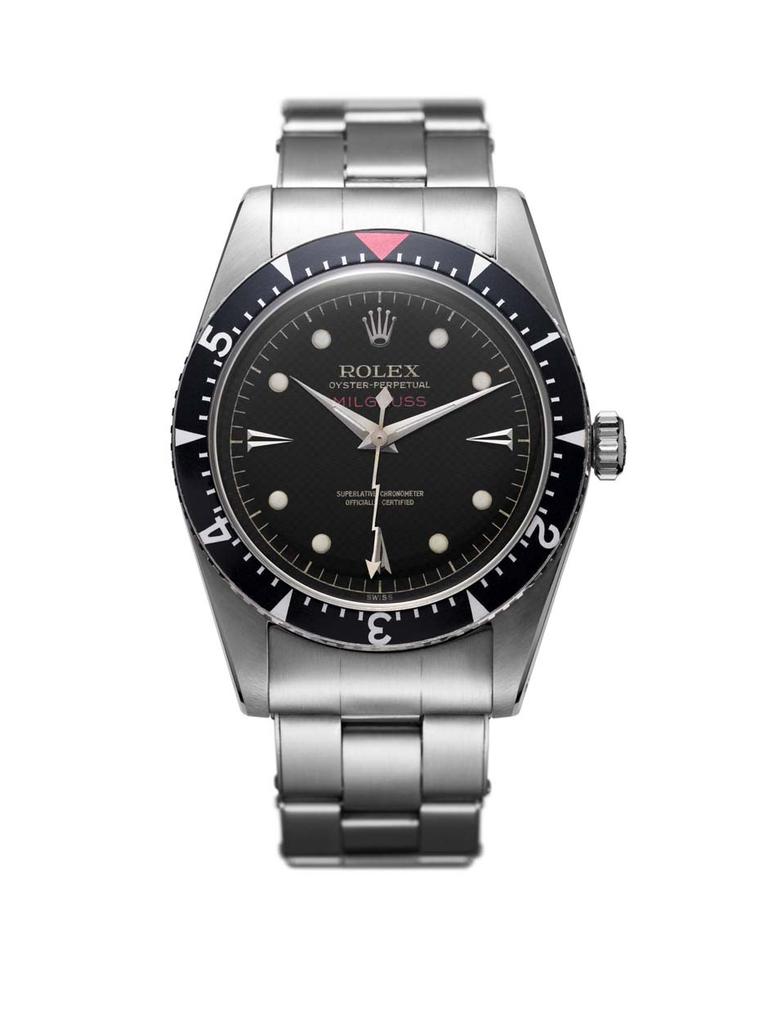
For many car racing enthusiasts, the Rolex Cosmograph Daytona watch is the ultimate sports chronograph. Following the launch of the Rolex Cosmograph Daytona in 1963, endurance racing drivers adopted the watch, attracted by its rugged looks and tachymetric scale on the bezel, to calculate average speed.
Read more about record-breaking Rolex Daytona watches sold at auction here
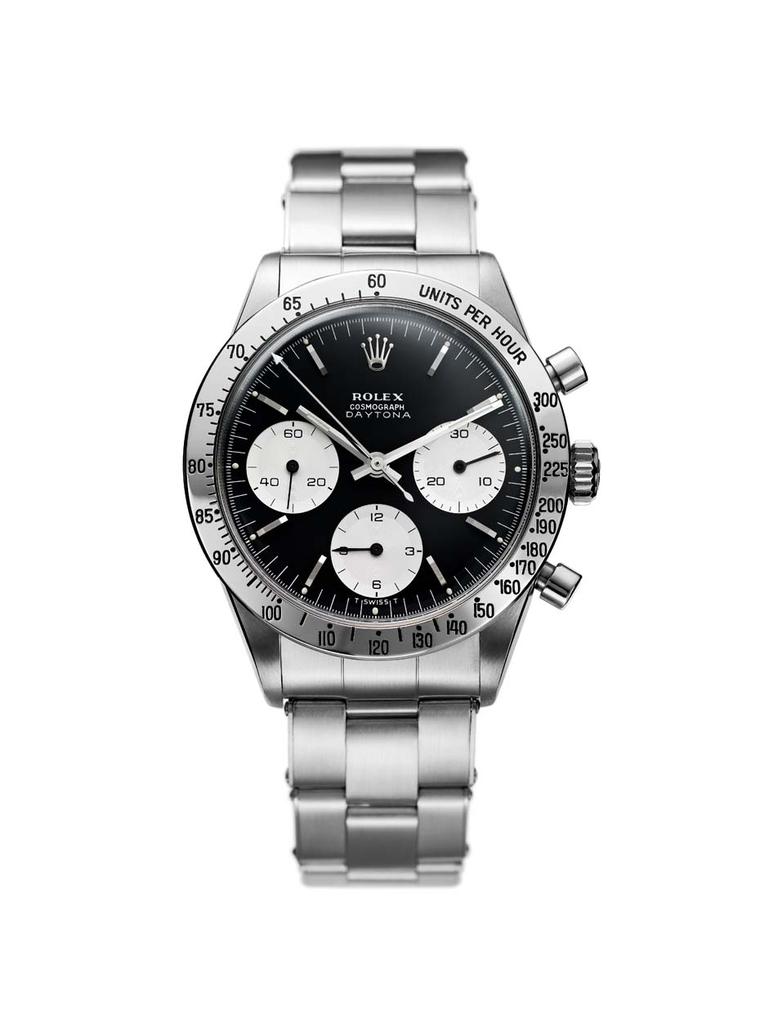
For professional deep-sea divers, Rolex watches developed the helium escape valve, allowing helium gas to be released without jeopardising the movement. The formidable Rolex Oyster Perpetual Sea-Dweller of 1967 was designed to fathom depths of 600 metres, but Rolex had already proved that it could go a lot deeper.
No other watch company has plunged into deeper waters than Rolex. Its first immersion took place in 1960 on board the experimental bathyscaphe Trieste, to the Mariana trench, with a specially developed model called the Deep Sea Special. In 2012, Rolex was invited to join James Cameron's 2012 Deepsea Challenge submarine adventure to explore the Mariana Trench, 11,000 metres under the sea. For Cameron's descent in his one-man submersible, Rolex developed three experimental Deepsea models. At depths that could house Mount Everest, with room to spare, Cameron shot six hours of footage with eight high-definition cameras. Outside, attached to the hull of the sub and to a manipulator arm, three muscular Rolex 51.4mm diving beasts withstood pressures of up to 12 tonnes and surfaced unscathed. As sponsor of this singular adventure and intrepid underwater companion, Rolex watches launched a new version of its Deepsea diver's model with a symbolic D-Blue dial representing the changing colours of the water as it gradually reaches the black abyss.
Read more about the Deepsea challenge here
Living up to a reputation of excellence is a demanding task and to ensure that no rotten apples slip into the basket, Rolex makes just about everything that goes inside its watches on its premises. This might seem standard procedure, but a genuine vertically integrated manufacture is a rara avis. Most watch companies will execute the final assembly of their movements in-house or tweak a pre-existing calibre, but most of the components are bought from specialised suppliers. This makes sense to many brands because being a specialist in so many different trades is next to impossible and costs a fortune - unless, of course, you are Rolex.
Find out why Rolex watches make the best graduation gifts
Over the years, Rolex has consolidated as many stages of its production processes under one - make that four - roofs, and has complete control over the manufacturing of cases, movements, dials and bracelets. To give you an idea of the company's obsession with quality control, Rolex even makes its own gold, known as Everose, in the Rolex foundry.
Read more on Rolex watches at Baselworld 2016
Rolex's new state-of-the-art premises in Bienne, with a surface area covering more than 13 football fields and a staff of more 2,000 employees, is equipped with a pioneering automated stocking and retrieval system capable of selecting the components needed for each stage of the watch assembly, which are then transported on trays to workplaces in record time. The automated centralised stocking system is kept underground in a high-security vault. The robotic machinery is purely for pragmatic and logistical reasons; every single movement is hand-assembled and checked by humans.
So why do Rolex watches cost more than any other brand? The price is more than justified by the fact that, from start to finish, each watch takes 12 months to make. And the reason is that Rolex is dedicated to delivering the highest quality product possible - so dedicated that each of its Rolex Oyster Perpetual watches undergoes stringent tests at the Official Swiss Control of Chronometers (COSC). Only when a watch passes with flying colours is it declared ready to wear.
Read about Rolex watches with mother-of-pearl dials


